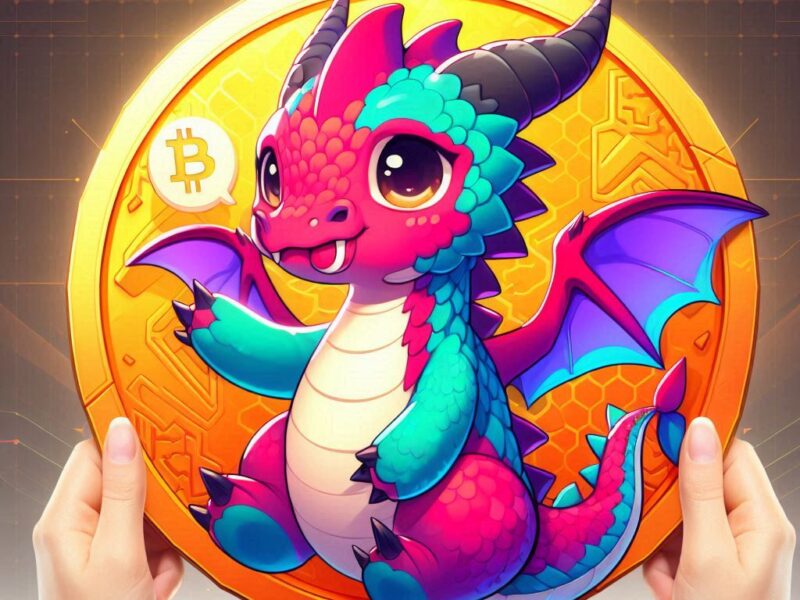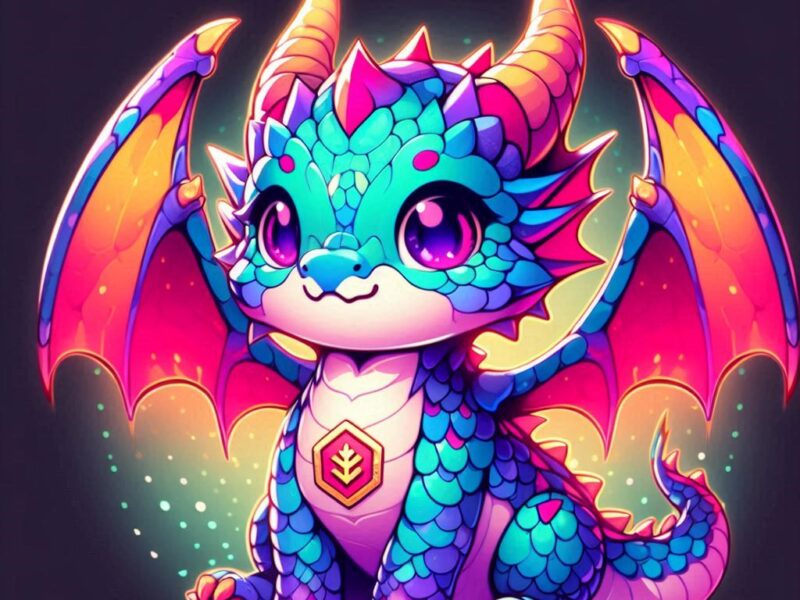Are you an artist or creator looking to sell your digital masterpieces as NFTs? With so many blockchains, it can be hard to choose the best platform for your needs. However, here are the answers you need to the questions.
The Top Blockchains for Selling NFTs
1. Ethereum
Ethereum is currently the most popular blockchain for selling NFTs. It offers a robust ecosystem with a wide range of marketplaces, such as OpenSea, Rarible, and Nifty Gateway. Ethereum’s ERC-721 and ERC-1155 token standards provide a solid foundation for creating and trading unique digital assets.
Pros
- Large and active community
- Numerous established marketplaces
- High liquidity for NFTs
Cons
- High gas fees during network congestion
- Slower transaction speeds compared to some other blockchains
2. Binance Smart Chain (BSC)
Binance Smart Chain is a fast-growing blockchain that offers an affordable alternative to Ethereum. With lower gas fees and faster transaction times, BSC has attracted many NFT creators and collectors. Marketplaces like Binance NFT, BakerySwap, and Treasureland have emerged to support the growing BSC NFT ecosystem.
Pros
- Lower gas fees compared to Ethereum
- Faster transaction speeds
- Growing community and ecosystem
Cons
- Less established than Ethereum
- Fewer high-profile NFT projects
3. Flow
Flow is a blockchain designed specifically for NFTs and gaming. Developed by Dapper Labs, the creators of CryptoKitties, Flow aims to provide a seamless experience for NFT creators and buyers. Notable projects on Flow include NBA Top Shot, NFL All Day, and VeVe.
Pros
- Purpose-built for NFTs and gaming
- Scalable and efficient architecture
- Backed by major brands and partnerships
Cons
- Smaller ecosystem compared to Ethereum and BSC
- Limited number of marketplaces.
4. Solana
Solana is a high-performance blockchain that has gained traction in the NFT space. With its fast transaction speeds and low fees, Solana has attracted a growing number of NFT projects and marketplaces, such as Solanart, Metaplex, and Magic Eden.
Pros
- Extremely fast transaction speeds
- Low gas fees
- Increasing popularity among NFT creators
Cons
- Relatively new blockchain with a smaller ecosystem
- Less battle-tested compared to Ethereum
5. Tezos
Tezos is a blockchain that focuses on security, upgradability, and energy efficiency. It has gained attention in the NFT world due to its low gas fees and support for FA2 (TZIP-12) token standard. Marketplaces like Hic et Nunc and Kalamint have emerged to support Tezos-based NFTs.
Pros
- Low gas fees
- Energy-efficient proof-of-stake consensus mechanism
- Upgradable blockchain through self-amendment
Cons
- Smaller NFT ecosystem compared to Ethereum and BSC
- Limited number of high-profile NFT projects
Choosing the Right Blockchain for Your NFTs
When selecting a blockchain for selling your NFTs, consider the following factors:
1. Ecosystem and Marketplaces: Choose a blockchain with a vibrant NFT ecosystem and reputable marketplaces that align with your target audience.
2. Gas Fees: Consider the transaction costs associated with minting and selling NFTs on each blockchain. High gas fees can eat into your profits.
3. Community and Adoption: Look for a blockchain with a strong and supportive community of creators, collectors, and developers. Wider adoption can lead to better exposure for your NFTs.
4. Scalability and Performance: If you plan to sell a large number of NFTs, consider a blockchain with high transaction speeds and scalability to ensure a smooth user experience.
Also Read: Crypto Arbitrage Trading What It Is And How It Works
5. Compatibility: Ensure that the blockchain you choose is compatible with the tools and platforms you plan to use for creating and promoting your NFTs.
Key Takeaways
1. Ethereum is the most popular blockchain for NFTs, offering a robust ecosystem and numerous marketplaces, but it can have high gas fees during network congestion.
2. Binance Smart Chain (BSC) provides an affordable alternative to Ethereum, with lower gas fees and faster transaction speeds, but it has a less established NFT ecosystem.
3. Flow is a blockchain purpose-built for NFTs and gaming, backed by major brands and partnerships, but it has a smaller ecosystem compared to Ethereum and BSC.
4. Solana offers fast transaction speeds and low fees, attracting a growing number of NFT projects, but it is relatively new and less battle-tested compared to Ethereum.
5. Tezos focuses on security, upgradability, and energy efficiency, with low gas fees and support for the FA2 token standard, but it has a smaller NFT ecosystem.
Frequently Asked Questions
1. What are the fees associated with selling NFTs on different blockchains?
Fees for selling NFTs vary depending on the blockchain and current network congestion. Ethereum tends to have higher gas fees during busy periods, while blockchains like BSC, Solana, and Tezos generally offer lower transaction costs.
2. Can I sell my NFTs on multiple blockchains?
Yes, you can sell your NFTs on multiple blockchains. However, you will need to mint your NFTs separately on each blockchain and manage your listings across different marketplaces.
3. What is the most eco-friendly blockchain for selling NFTs?
Tezos is known for its energy-efficient proof-of-stake consensus mechanism, making it a more eco-friendly choice compared to proof-of-work blockchains like Ethereum. However, Ethereum is transitioning to a proof-of-stake model (Ethereum 2.0), which will significantly reduce its environmental impact.
4. How do I choose the right marketplace for selling my NFTs?
When selecting a marketplace, consider factors such as user base, fees, supported blockchains, and the types of NFTs they specialize in. Research popular marketplaces like OpenSea, Rarible, Nifty Gateway, and Binance NFT to find the best fit for your needs.
5. Can I create my own NFT marketplace on these blockchains?
Yes, you can develop your own NFT marketplace on these blockchains. Ethereum, BSC, Flow, Solana, and Tezos all provide tools and documentation for developers to build custom NFT marketplaces and applications.
6. What should I do if I’m unsure which blockchain to choose?
If you’re unsure which blockchain to choose, start by researching the ecosystems, marketplaces, and projects associated with each platform. Join online communities and forums to learn from other creators’ experiences. You can also experiment with different blockchains by minting and selling small batches of NFTs to see which platform best suits your needs.










